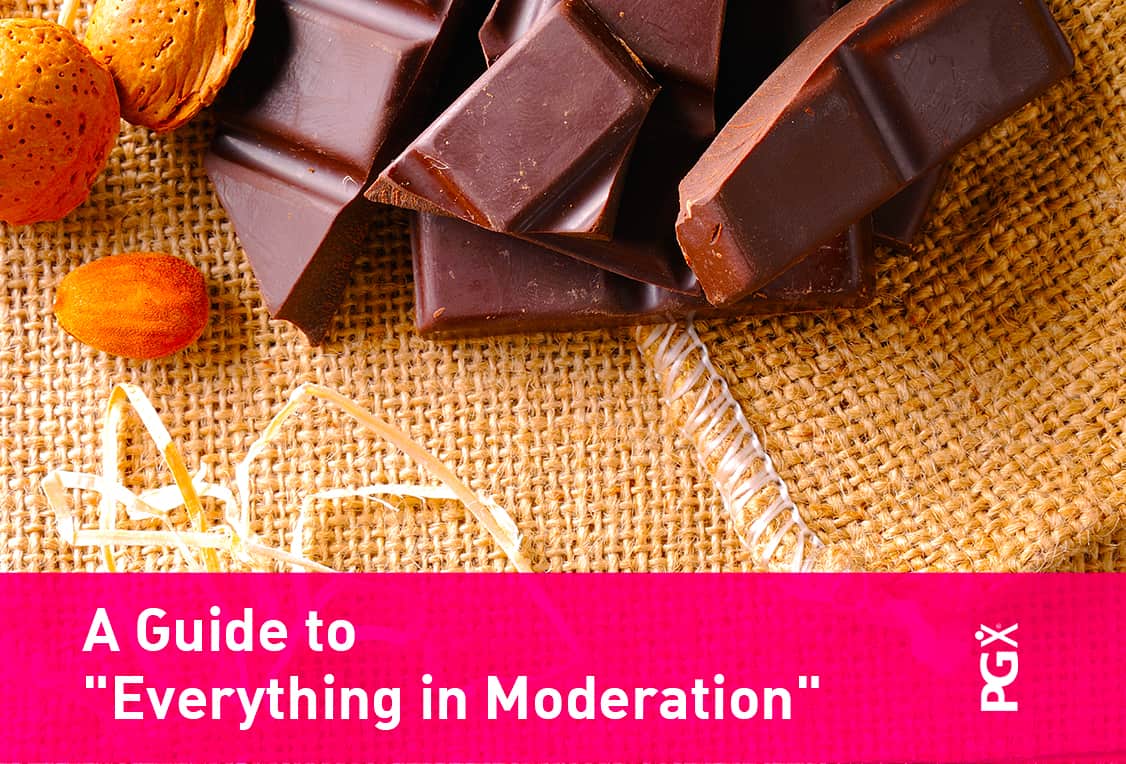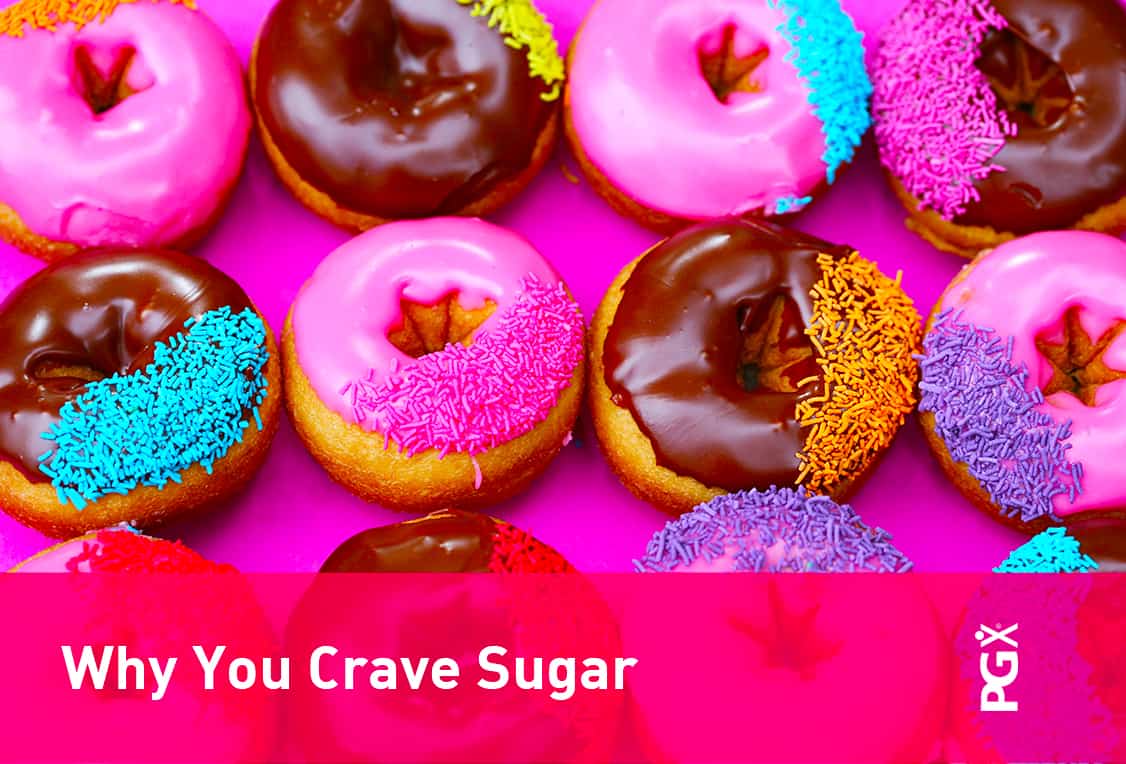A Guide to “Everything in Moderation”
When you know you’re doing something healthy, it’s easy to get carried away. But more is not always best, even when it comes to diet, exercise, and work. Find your balance and get the most from your actions with this guide to “Everything in Moderation”.
Nutrition
No matter what the latest diet trend suggests, your body needs fat, carbohydrates, and protein to be healthy. Cutting one of these groups from your diet can hinder vital functions, such as vitamin absorption, mental focus, and hormone production. Similarly, foods such as fatty fish, coffee and tea, dark chocolate, and alcohol offer health benefits when consumed at moderate levels, but too much can put your health at risk.
Guide to Moderation: Eat a balanced diet of 20-35% fat, 45-65% carbohydrates, and 10-35% protein [1]. Enjoy all foods in their recommended serving sizes.
Dieting
Does your “diet” involve cutting out entire food groups or skipping meals? No matter your weight, this is not a healthy or sustainable way to lose it.
Guide to Moderation: Eat a variety of nutritious foods from all food groups in moderate portion sizes. Build healthy, fibre-rich snacks, such as PGX®* Satisfast® Whey Protein Drink Mix, into your meal plan to maintain healthy blood sugar levels already within the normal range.†
Exercise
Regular exercise offers countless benefits, including improved fitness, stress reduction, a trim waistline, and better overall health. But when the intensity or frequency of your workouts becomes too high for your body to recover properly, your health can suffer.
Guide to Moderation: To maintain your current weight and cardiovascular health, 150 minutes of moderate aerobic exercise or 75 minutes of vigorous exercise every week is recommended. And don’t forget to include strength training in your routine.
Work
No matter how much you love your job, you sometimes need to leave your work, well, at work.
Guide to moderation: Find a work/life balance that includes time for family, friends, exercise, and relaxation—without your phone or laptop.
Sure, moderation is not always an option—like when you’re training for a marathon or pushing through a big project at work. But that’s okay. The key is moderation over the long term.
*Drink additional water (8 fl. oz.) after ingesting PGX®. If you are taking medications, take one hour prior to or two hours after taking PGX®.
† This statement has not been evaluated by the Food and Drug Administration. This product is not intended to diagnose, treat, cure or prevent any disease.
References:
[1] Health Canada. “Eating Well with Canada’s Food Guide – A Resource for Educators and Communicators.” Food and Nutrition. Web. 18 October 2015.

